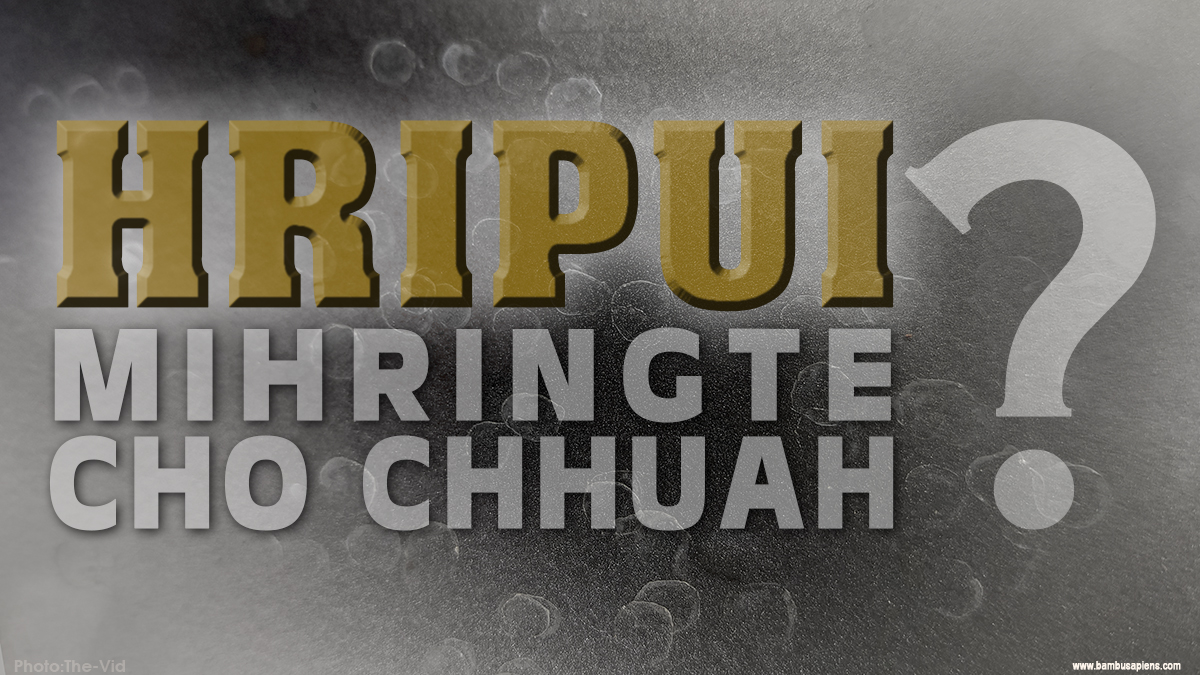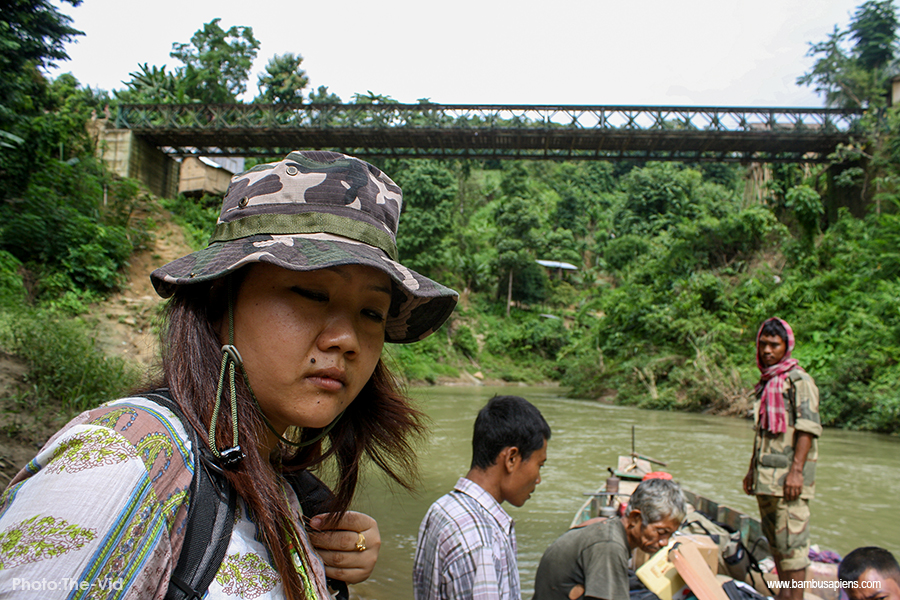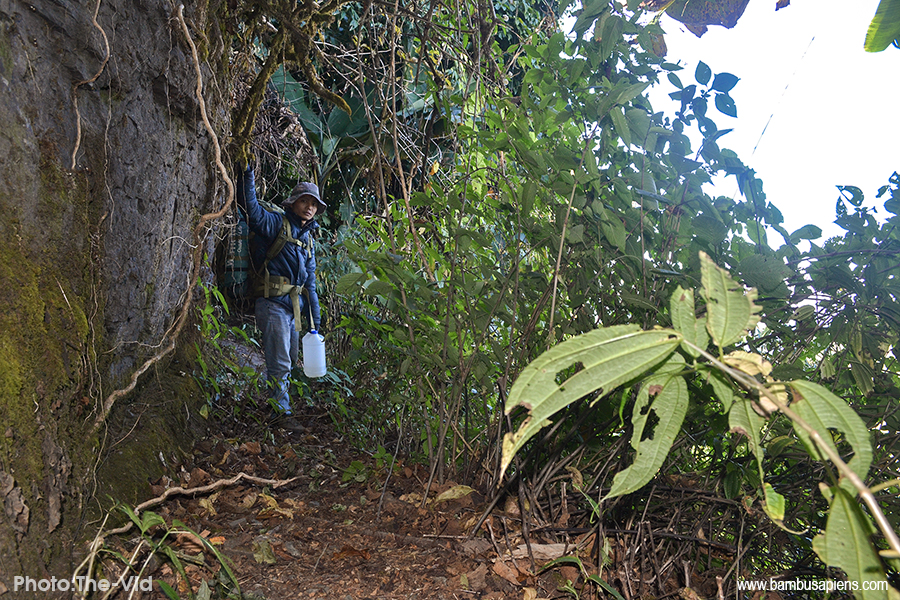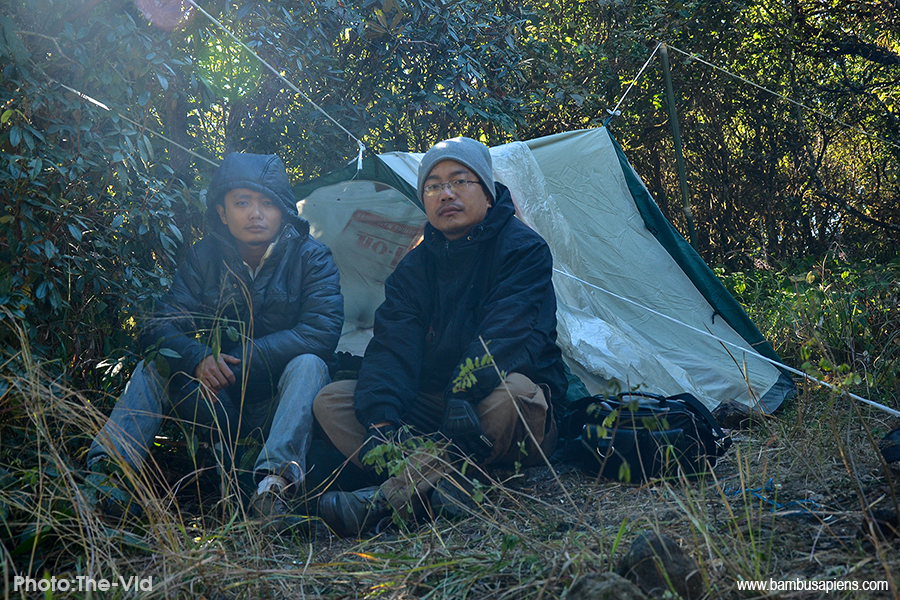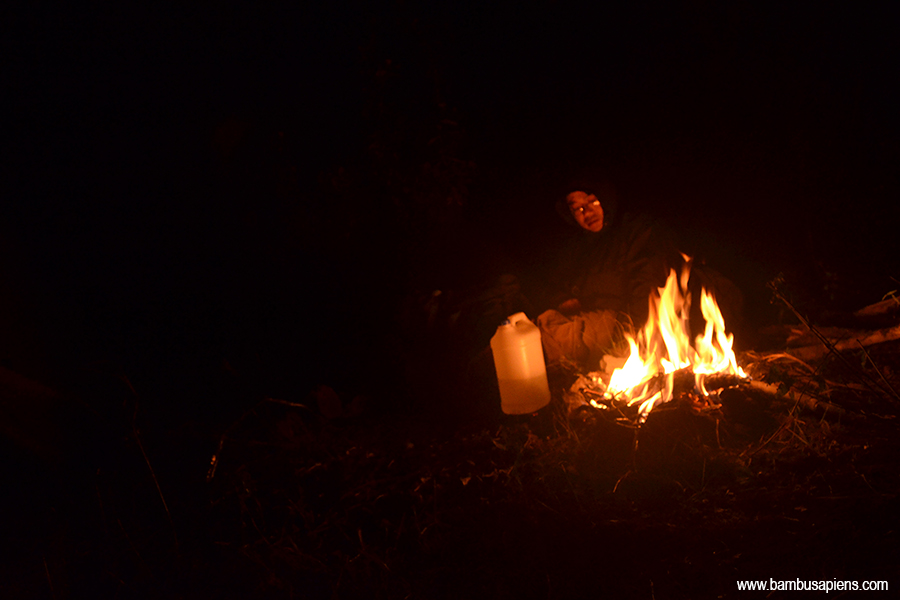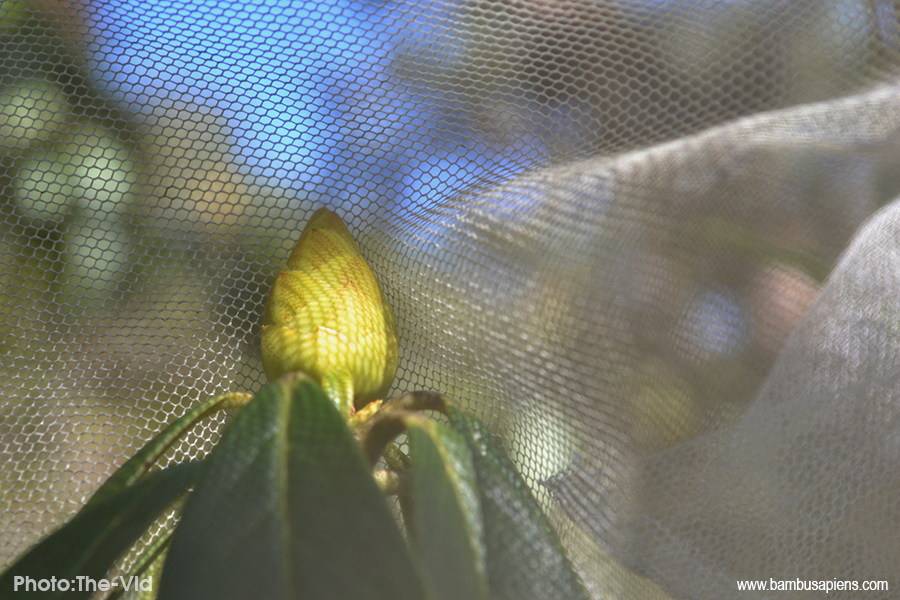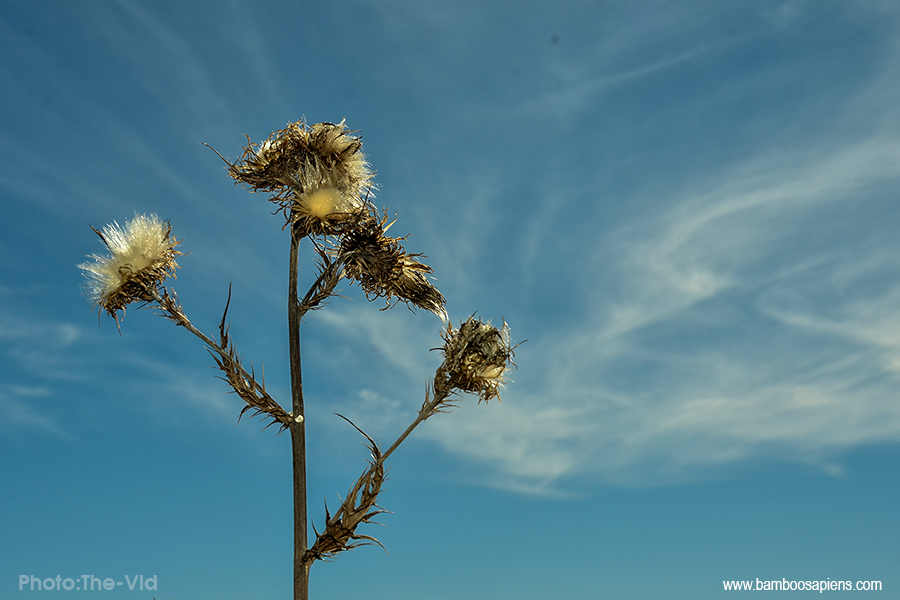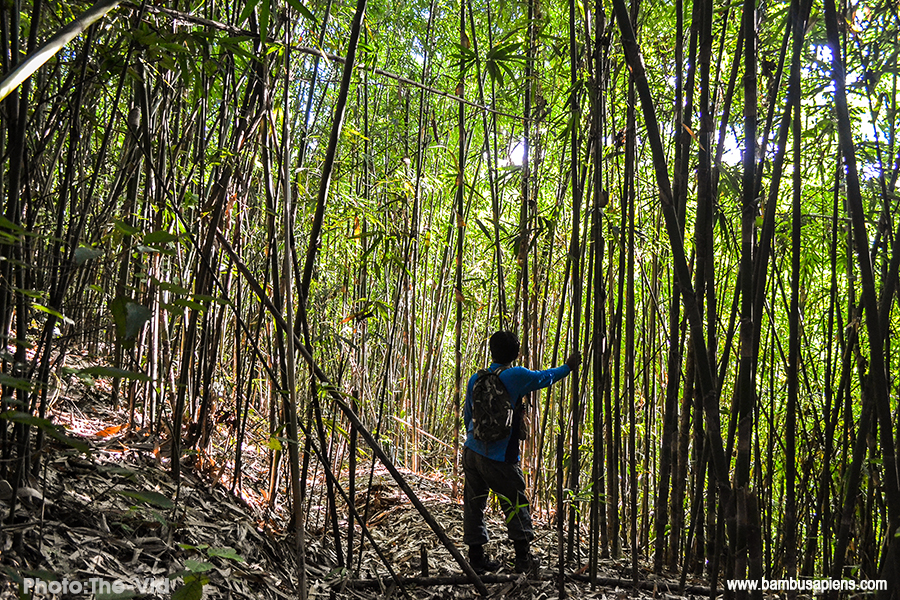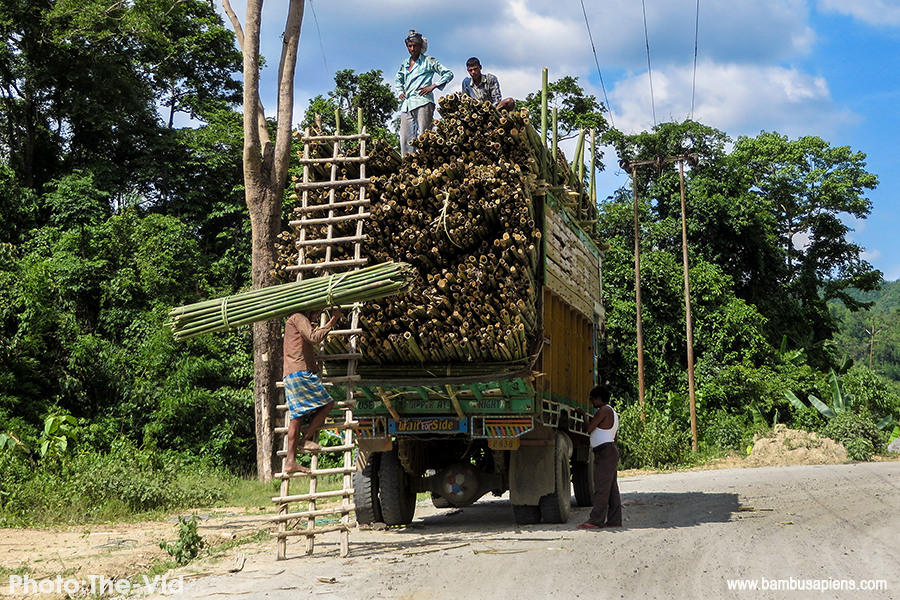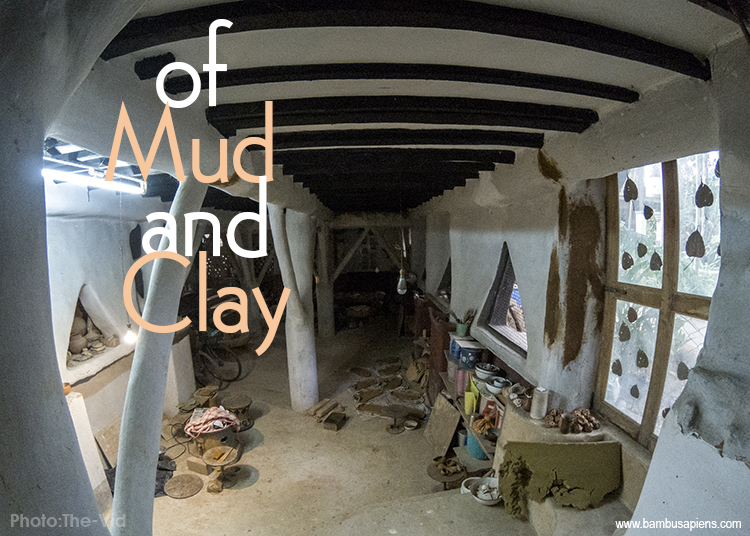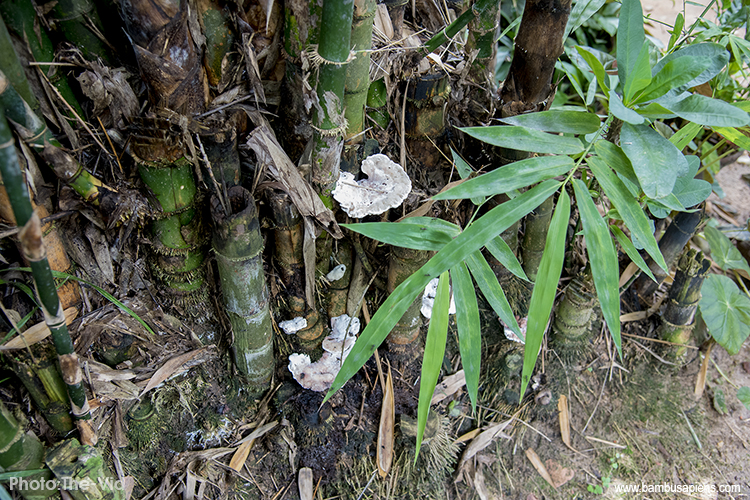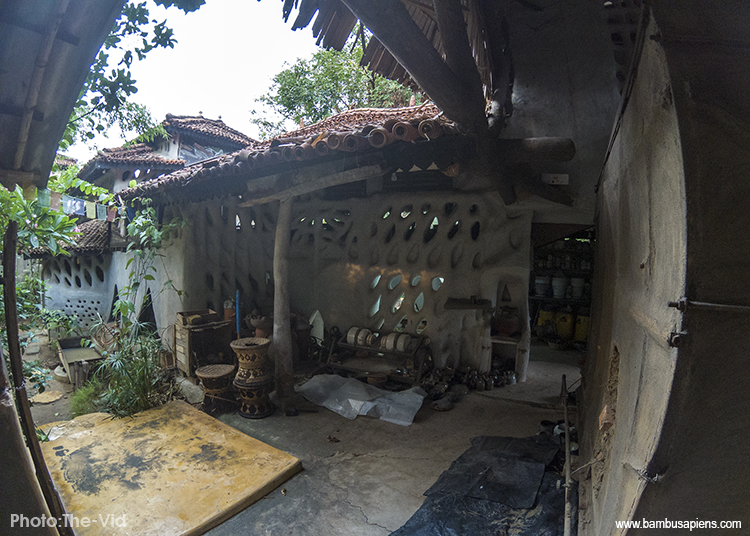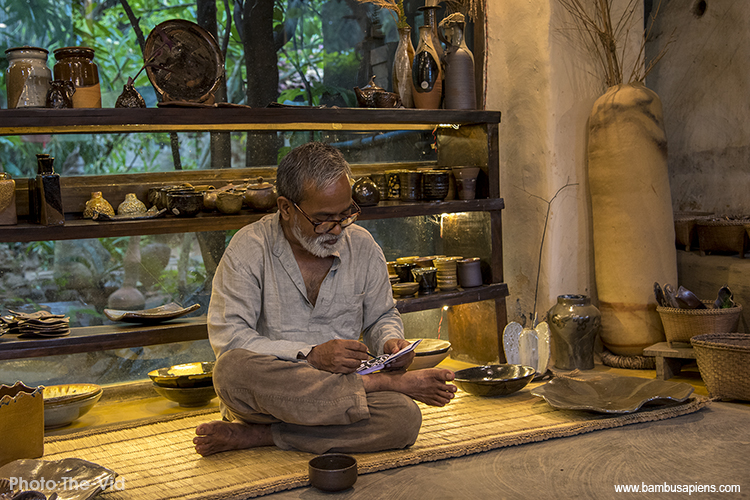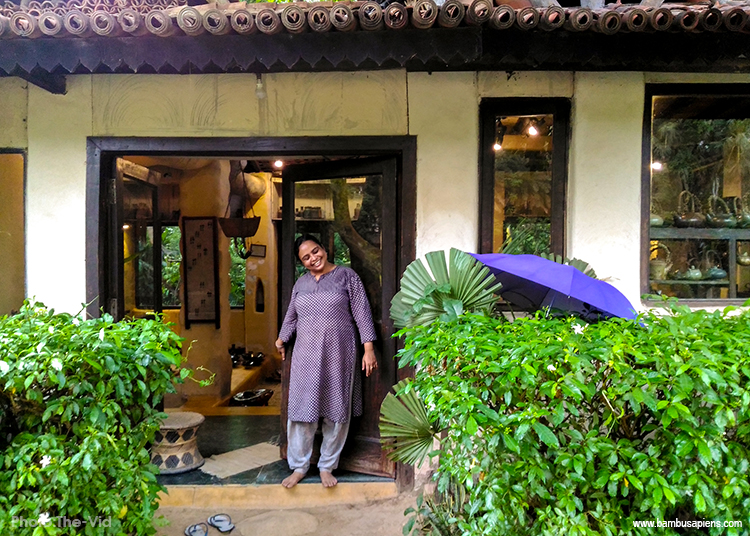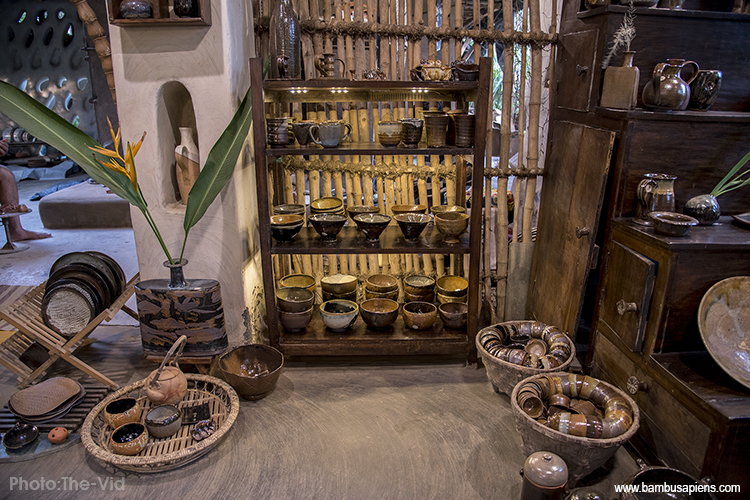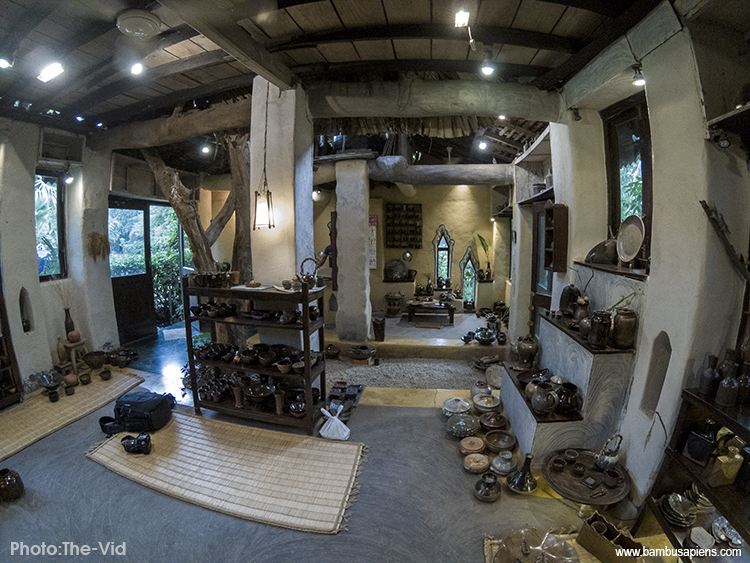Mizoram hi thlai engkim ṭhat duhna niin mi tam takin an sawi ṭhin a, a dik thui viau maithei, ṭha duh hauh lo pawh a awm ve ngei tho awm e. Ei leh bara kan intodelh theih dan tur hi kan sorkar hotute ngaihtuah ber leh vei ber a ni a, mipuite pawhin chumi tithlawhtling tura an hmathlir a zirin kan thlang tling ṭhin ni pawhin a lang bawk. Hmalakna tur hrang hrang kan duan zingah hian kan rama awmsa hman ṭangkai lam ai chuan hmundanga mi chaw lut tur zawnga hmathlir hi a tam ber zel niin a lang bawk, a bikin thlai leh ran vulh/khawi chi hoah hian a hluar zual. Heng hi a ṭha ber em? Kan hlawhtlin pui reng em? tih hian chhuizui leh ngaihven zui a hlawh lem lo viau bawk niin a lang.
Exotic chu eng nge?
Exotic tih hi ecology ṭawngkamah chuan mikhual sawina a ni a; tualṭo ni lo, hmun danga mi lak luh sawina a ni. Tualṭo ni lo, ramdang a mi lak luh hian a awmna tharah nghawng chi hrang hrang a neih theih avangin biodiversity leh ecology lama zirmite chuan an duh lo hle. Nghawng a neih dan erawh a inchen vek lo a, enkawl zawh loh khawp hial a nghawng nei thei te, nghawng na lutuk lem lo te pawh a awm bawk.
Mizoramah hian intodelhna tur project lian tham a awm apianga langsar nghal êm êm zel chu ramdang a mi – thlai, thing leh thei chi lak luh hi a ni a. Khawii ramah emaw an hlawhtlinpui zia thu leh a man a to zia te, miin an duh zia te, a ṭhat duh zia te hi nasa takin an tlangaupui ṭhin a, ei leh bara kan intodelh theihna tur kawng awlsam ber niin kan ngai tlangpui zel bawk. Kawng awlsam hi kan zawng lutuk zawk a ni mai angem? Hybrid species emaw tissue culture hmanga siam an nih vang emaw hian kan ngaisang viau zel a, Mizorama tualṭo te ai hian kan dah sanga, hlawhtlin pui theih zawkah kan ngai niin a lang. Chumi piah lamah chuan a chi leh a ṭiak supply te pawh hi a hlawk viau maithei bawk!
Exotic species tena Mizoram Agro-ecosystem a nghawng theih dan te hi chu kan hotute hian an ngaihtuah thleng vek turah ngai ila. Tin, thlai chi kan lakluh te hi Mizoram sik leh sa, leilung mil tura duan a ni em? tih te pawh an ngaihtuah tel vek turah ngai bawk ang. Ram danga a ṭhat duh avangin kan ramah a ṭha duh ve kher angem? tih te pawh an enchhin hmasa vek turah ngai ila. International market-a a man te pawh an chhut hmasain an zir chiang vek bawk-ah ngai ila, chumi market-a pho chhuah theih dan tur te nen lam an ngaihtuah vek turah ngai ang.
Exotic species leh a mikhualna ram
Exotic species te hian an awmna thar hi an ngeih vek kher lo a, an ṭha tak tak vek kherlo a, a ṭhan a muanga, rah seng tur mumal a awm lo fo. Hetiang hi a tuartu ber chu a enkawltu, huan neitute an ni ṭhin. A hralhna kawng a bo êm avanga mipui te tawrhna leh beidawnna thlentu tam zawk pawh hi exotic species te bawk hi a ni. Hralhna awmsa tura ngaih tam tak hi kan chin pun veleh hian beisei aiin a hralhna lam hi a kawngbo leh riau ṭhin niin a lang. Kan zirchiang tawk lo nge ni anga, kan chin pun chhungin an lo duh leh lo thut?
Ṭhenkhat ve thung erawh chuan an ngeih leh lutuka, hnim leh thlai tualṭo, sa leh sangha awm sa te pawh tibuai vek khawpin an pung chak thung. Chutiang chu Mizoramah pawh hmuh tur a awm nual mai – Japan hlo, Shillong Tlangsam (Lantana camara – Shillong par, Par arsi, Lalmawia hling par ti tein an sawi bawk) leh Bihar hlo/Hlo thar (Ageratina spp) te hi a hnawksak langsar zual a ni awm e. Palak dila sangha awm sa te aia tha zawka an ngaih avanga sangha chi khat, khawvel pawhin top 100 invasive alien-species a a puan hial, Tilapia avangin sangha chi awmsa te a mang ti tih ta der mai. Kan Mizo pangpar, Mizo chanchin leh thawnthu a hmun pawimawh tak luahtu te chu hmuh tur a vang tawh hle.
Pathian thil siam dan hi a ropuiin a mak a, a ruahmanna hi a felfai khawp mai. Thil nung chitin tan ramri a kham, an awmna tur chin te, an awm lohna tur chin te fel takin a duang a, mihring te hian chu ramri chu kan zah thiam a pawimawh tak zet a ni. Sik leh sa, leilung awm dan te hi Pathianin thilnung te tana ramri a kham chu a ni a. Leilung, sik leh sa leh thlai ṭo te hi a inkungkaih tlata, thing leh thlai ṭo a zirin nungcha chi hrang hrang a awm ve leh ṭhin. Mizo upa te chuan lo atan pawh rampui chang ṭha an duh deuh kher ṭhin a, a lei a that vang a ni. Lei a ṭhatna chhan kha thing hnah leh ṭang leh a zar tla, tawih ralin leiṭha a siam vang a ni a, chu chu ecology ṭawngkamah chuan nutrient cycle an ti a, he cycle hmang hian thlai hian an awmna hmun a colonized ṭhin. Chu hmanrua tho chu exotic species kan tih te pawh hian rawn hmang vein thlai leh thing awmsa te a dip ral mai ṭhin. Chu chuan leiṭha siamtu soil microbe te, ramsa leh nungcha dang thlengin a nghawng ṭhin.
Mizorama Exotic Species lar zualte
Tun ṭumah chuan ramdang thing leh thlai, rua leh mau tam tak zingah thingchang thlai, thlai kumhlun leh rua leh mau, Sorkar Policy hrang hrangte avanga kan chawkluhte kan thlur bik ang.
Eucalyptus:
Ecucalyptus spp. hi Mizo chuan “Nawhalh thing” tiin kan sawi mai ṭhin a. India rama Commercial Agroforestry plantation-ah chuan an hlawhtlin pui ber pakhat a ni. Amaerawhchu tuihna (Water table) a tihbuai nasat avangin state tam zawkah chuan an ma leh thuai a, hmun tlemteah chauh chin chhunzawm a ni. Mizoramah pawh 1976 – 77 hnu lam khan uar taka chin a ni a, amaherawhchu hlawhtling taka enkawl erawh a tam lo niin a lang. Kung lianpui pui erawh khawi khawiah emaw hmuh tur a la awm nual.
Teak:
Tunhma chuan Teak (Tectona grandis) hi Forest Department plantation-ah chin a ni ber ṭhin a, mimal huanah chuan phun a ni meuh lo. Kum 1985 – 87 chho aṭangin Sorkar policy (Land Use Policy) avangin mimal tan pawh Teak huan neih a lo theih ta a, Mizorama plantation lian leh tam ber hi Teak plantation a lo ni ta a ni. Mizo pa ti ti-ah chuan Teak huanah ramsa an tla duh lo, a kungah eng sava mah an fu duhlo tih a ni ṭhin. Hei hi a chhan ber nia lang chu Teak rah leh hnah te hi nungchate tana chhenfakawm a awm loh vang a ni. Tin, Teak hian bawmtu hrik chi hnih a nei nain chung hrik (Defoliator leh Skeletoniser) te chu Mizoramah hian a la awm mumalloh avangin a eitu tur sava pawh a la awm lo niin a lang. Chutih rual erawh chuan Teak zara sava fu hi hmuh tur a awm fo mai. Teak-in leilung a nghawng dan hi kan ram tana a ṭhatlohna lian ber chu a ni zawk awm e.
Teak-in leilung a nghawng dan hi kan ram tana a ṭhatlohna lian ber chu a ni zawk awm e.
Tung:
Tung (Aleurites fordii) hi NLUP hnuaiah kum 1991 hnulam aṭangin nasa taka chin a ni a, a hriak hralhna ṭha tak awm ni a sawi a ni. Kum 2018-a Mizorama Tung plantation chungchang zawtchiang tura a buaipuitu Department lama ka kal chuan a project zawhna a rei tawh avangin data min pek tur an neihloh thuin min lo chhang a. A hlawhtling lo hle tihna ni berin a lang.
Jatropha:
Kang damdawi (Jatropha curcas) buaipuina tur hian Mizoram Sorkar leh Godrej Company te chuan Crore 250 zet senna tur inremna an siam a, Mizoram Intodelhna Project (MIP) kaltlanga thawh tur a ni. A hunlai chuan khawi khawiah emaw hmuh tur a awm a, tunah erawh a vang leh ta viau mai. Bio-diesel siamchhuahna tham kan thar ta lo nge, a hnu leha sorkar ten an ngaihsak zuilo?
Red Oil Palm:
Oil Palm tia kan hriat lar, Red Oil Palm hi kum 2005 aṭanga buaipui ṭan a ni a. Mizorama Sorkarna fung chelhtu hmasa hmalakna, ministry tharin tihtakzeta a chhawm nun awmchhun a ni mai awm e. Ministry pahnih ngawtin an buaipui a ni bawk a, a chingtu an tamin Company pathum ngawtin min thutchilh ren rawn a. A chingtute tan hamṭhatna leh ṭanpuina hrang hrang an pe nasa bawk a, khaw tin deuhthawhah oil palm hmun hmuh tur a awm. Hun a kal deuh a, a buaipuitu company lam pawh a tahtawlin an inhnukdawk a. Kumin chhoah phei chuan oil palm huan neitu ten a kung an kit a, a hmun an ṭhiat leh ṭan ta! Hmun ṭhenkhatah phei chuan JCB te hial ruaiin a zung nen lama phoro turin an pawt phawi leh ta. A chi an sem tirha hralhna tur an hriat te khan an duh leh ta lo nge, Mizoramin kan thar hi a quality a hniam fal deuh? Nge nia kan tharchhuahna leh phurhchhuahna man a san avangin a hriak man a to phaha, hralhna turah kan hnawng? Zawhna a tam thei khawp mai. Environment tana a ṭhat tawkloh dan leh tuihna eikangtu a nih dan te pawh ziak a tam hle chunga buaipui kan nih erawh hre reng ila.
Raw chi hrang hrang:
Mautam chhawmdawlna BAFFACOS sum hmangin raw chi hrang hrang Mizoramah lakluh a ni a, 2010 thleng khan chi 11 zet lakluh a ni. Chu’ng zingah chuan Bambusa bambos an tih, Mizoin “Rawhling” tia kan lo vuah ve tak, mi ṭhenkhat ten kan ram hruaitu hming chawia a hming an lo vuah ve bawk hi a lar ber te zinga mi a ni awm e. Heng bakah hian Maudâng (Schizostachyum pergacile), Moso (Phyllostachys edulis), Bambusa balcooa, B. vulgaris vittata, B. vulgaris waminii, B. multiplex, Dendrocalamus asper, D. giganteus (Vai-rawpui), D. latiflorus leh P. mannii te hi mumal taka chhinchhiah chin an ni. Kum 2010-a NBM hnuaia plantation kan endikna hmun hrang hrangah Vairam aṭanga lakluh Rawṭhing leh Phulraw ṭiak an dawn nasat thu an lo sawi bawk.

Heng Sorkar Policy hrang hrang avanga ramdang thing leh mau/rua leh kan lakluh te hi uluk takin chhut ta ila, a hlawhtlinna hmuh tur a tam lo hle a, Policy an kalpui tirha an hmathlir ang kha nise chuan raltiang ram kan thlen loh vek pawhin kan hmu pha vuai vuai tawhin a rinawm. Mipui thiamloh tam tak a awm ang a, Department lam tihfuh tawkloh pawh tam tak a awm ang. Thil pakhat chiang êm êm mai erawh chu heng ramdang thing leh mau kan lakluh te hian Mizoram hi a ngeih teh chiamlo tih hi a ni.
Tunah hian raw chi hnih kan buaipui leh ṭan mek a, chu’ng zinga pakhat zawk (D. latiflorus) phei chu BAFFACOS hunlaia Mizoram lakluh tawh a ni a, a chi dang – D. brandisii erawh Mizorama a luh hun chhinchhiah fel a awm lo thung. Heng raw chi hnih, a ṭualona hmuna ṭha tak tak mai, te hian Mizoram an ngeih angem? tih hi sawilawk thiam a harsa hle mai a, chutiang bawkin engtiangin nge an mikhualna ram hi a nghawng ang? tih hi ngaihruat thiam harsa tak a ni bawk. Tin, a tualṭona rama an hman dan leh an sawngbawl dan ngaihtuah hian khawvel ramdanga hralh tla tak ni tura sawngbawl chiam chi a ni angem? tih hriatthiam a har viau bawk. A hralhna tur awmsa thlap leh a hlawkzia hre sa chunga kan chin, kan hlawhchham pui tak te en chuan a hmanna tur leh a hralhna tur pawh kan la hriatloh han phurpui viau hi chu thil harsa tak a ni a, lo helh viau pawh hi a awm hle. Mau leh raw kaihhnawih industry lian tena an hman ṭangkai leh an duh zinga tello, India rama mau chin pun tura an thlan zingah pawha tel bawk silo an ni ve ve hi ngaihngam taka hmalak ti hartu a ni a. India ram state dang ten an uar vakloh, Sorkar laipui pawhin a la ngaihvenloh chi hnih hi kan risk fuh hlauh erawh chuan midangte tihhmuhtu kan ni thei ngeiin a rinawm. Heng Raw chi hnih bihchianna hi July 23, 2019 khan Vanglaini chanchinbuah tihchhuah tawh a ni a (hetah hian en theih a ni bawk http://bambusapiens.com/raw-chi-tha-bihchianna/), kan sawi chhunzawm tawh lovang. (Mau leh raw chungchang article dang hetah hian chhiar theih a ni bawk: www.bambusapiens.com/mau-mawlsawmna/)
Tlangkawmna
Mizoram thilte ngaisang tura kan infuih a, Mizoṭawng ngei pawh Kohhran meuhin hmang uar tura hma a lak mup mup laia Exotic species – ram dang thlai kan la ngaisang zawk a, chumi zara dinchhuah theih kan la inbeisei tlat leh intodelh theihna tur Policy-in chumi lam hlir a la hawi zel mai hi a lungchhiat thlak tak zet a ni. Kan rama awmsa, kan ram sik leh sa, leh leilung ngeih sa te tharhlawk zawka tharchhuah dan te, man man zawka hralhchhuah theih dan te ngaihtuah lova a bul atanga engkim zir thara, buaipui chawp a, bul ṭan ṭhat ngai thing leh thlai kan phurpuia kan ngaisang zawk tlat zel hi siamtu zahlohna lian tak, mahni ram leh hnam ngaihnêpna te pawh a ni hialin ka ring. Why Exotic?
[He article hi VANGLAINI (Mizo Daily)-ah July 3, 2020 khan tihchhuah a ni]

